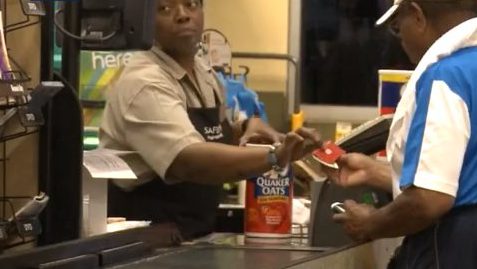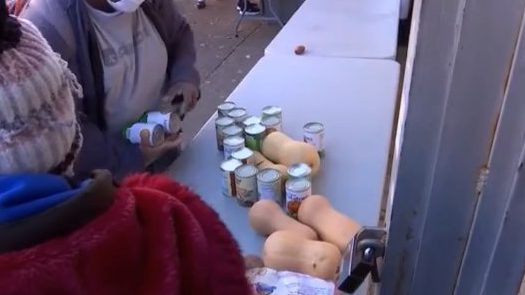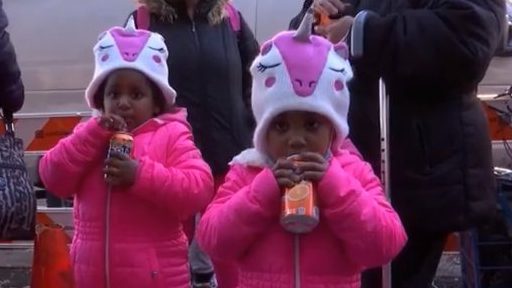On December 11th local time, the University of Michigan released data that the initial value of the consumer confidence index in the United States unexpectedly rose to 81.4 in December, exceeding market expectations, but still far below the pre-epidemic level of about 100.
Some analysts believe that the latest data may reflect the expectations of U.S. consumers for the coronavirus vaccine, but because the U.S.
epidemic continues to worsen, the coronavirus vaccine will not have a significant effect at least in the short term, and the U.S. Congress is still deadlocked and unable to agree on a new round of rescue plan, which makes consumers look at themselves.
The outlook for the financial situation remains largely unchanged, indicating that the upcoming end-of-year consumption season is still not optimistic.
Growth rate slows down significantly, and the market is expected to weaken in November.
In addition to the initial value of the December Consumer Confidence Index in the United States, the November retail sales data of the United States, which will be released on the 16th, are also an important reference indicator for observing the U.S. consumer market.
According to data previously released by the U.S. Department of Commerce, retail sales in the United States increased by 0.3% in October compared with the previous month, but the growth rate slowed down significantly compared with 1.6% in September and was also lower than 0.5% expected by the market.
With tens of millions of Americans still unemployed and most of the previous bailout funds in previous rounds, weak retail sales in the United States will not surprise the market.

According to the analysis of the Wall Street Journal, from the current epidemic situation, the upcoming November retail sales data are not optimistic, which makes the outlook of many retailers dim.
Worse, the holiday promotion launched early in October may have “overdrawn” part of its purchasing power in advance. In other words, the real weakness may still be ahead.
Several data show that the uncertainty of the U.S. economic outlook has increased.
In fact, recently released reports and a number of economic data show that the pace of the U.S. economic recovery continues to slow down, and the outlook of the U.S. economy is facing increasing uncertainty under the accelerating and worsening epidemic situation.
Federal Reserve: Economic slowdown, corporate optimism weakens
The “Beige Book” released by the Federal Reserve earlier this month, the National Economic Situation Survey, shows that economic activity has slowed down in some parts of the United States.
According to the report, the economy of New York, Philadelphia and other four jurisdictions is still stagnant, and economic activity in some jurisdictions has slowed down since the beginning of November. With the recent resurgence of the epidemic, the introduction of mandatory economic restrictions and the expiration of social welfare such as unemployment benefits, corporate optimism has weakened.
Retail Federation: Holiday consumption has dropped significantly compared with last year.
Data released by the National Retail Federation on December 1 showed that about 186.4 million people in the United States shopped during the holiday period from November 26 to November 30, down from the same period in 2019.
Consumers also spend significantly on holiday-related goods such as gifts and decorations, which are also significantly lower than the same period last year.
The number of long-term unemployed has increased, and the job market base is fragile.
In terms of employment, according to data released by the American Automatic Data Processing Company on December 2, 307,000 new jobs were created in the private sector in November, which continued to decline from 404,000 people revised in October, the lowest level since July.

According to the data released by the U.S. Department of Labor on December 4, although the number of unemployed in the United States continued to decline to 10.7 million in November, it was still 4.9 million higher than the level in February.
The number of long-term unemployed who have been unemployed for more than 27 weeks increased by 385,000 to 3.9 million month-on-month, accounting for 36.9% of the unemployed, highlighting that the base of the U.S. job market is still fragile.
Economic downturn, tens of millions of Americans face the problem of food insatiable
Under the double impact of the epidemic and economic downturn, more and more American families are in a state of “food insecurity”.
According to data released by domestic relief organizations in the United States, 40% of the people in the United States received relief food this year for the first time, and the number of “food insecure” people increased by 17 million compared with the pre-epidemic.
More than 54 million people in the United States lack enough food in 2020, and this situation will continue in the coming year.



